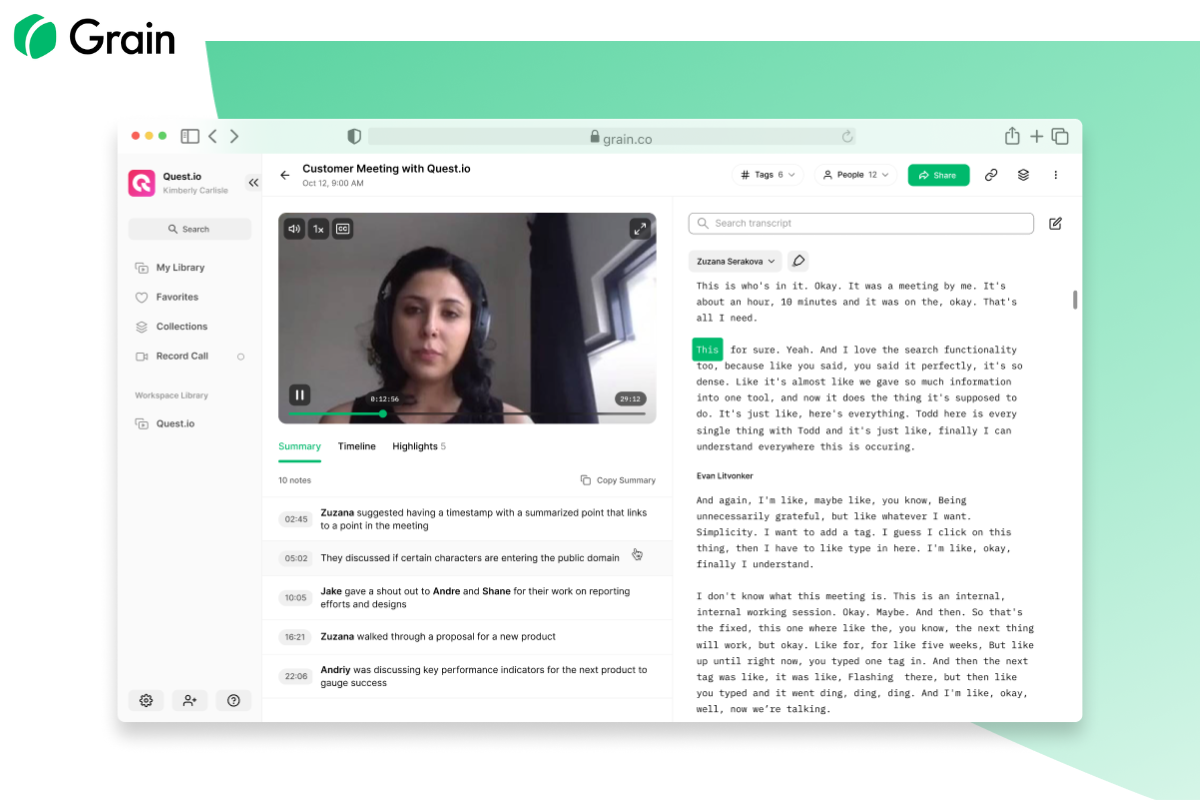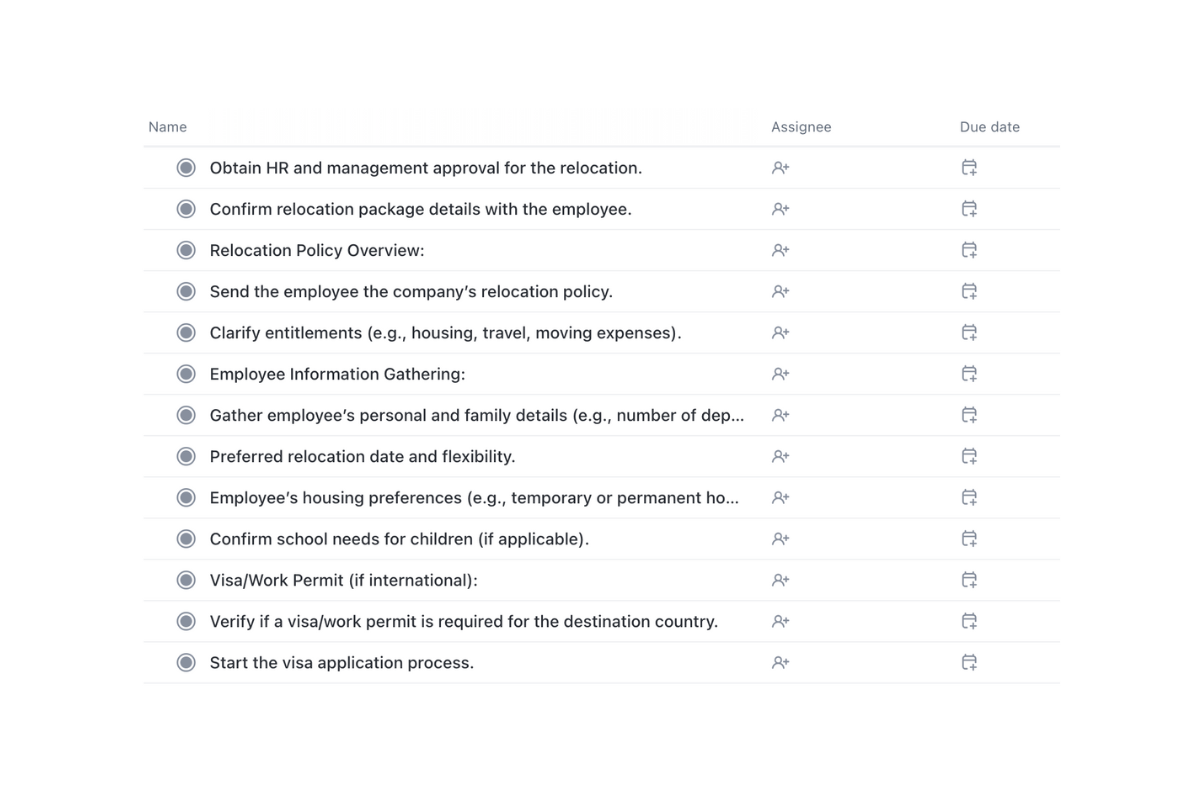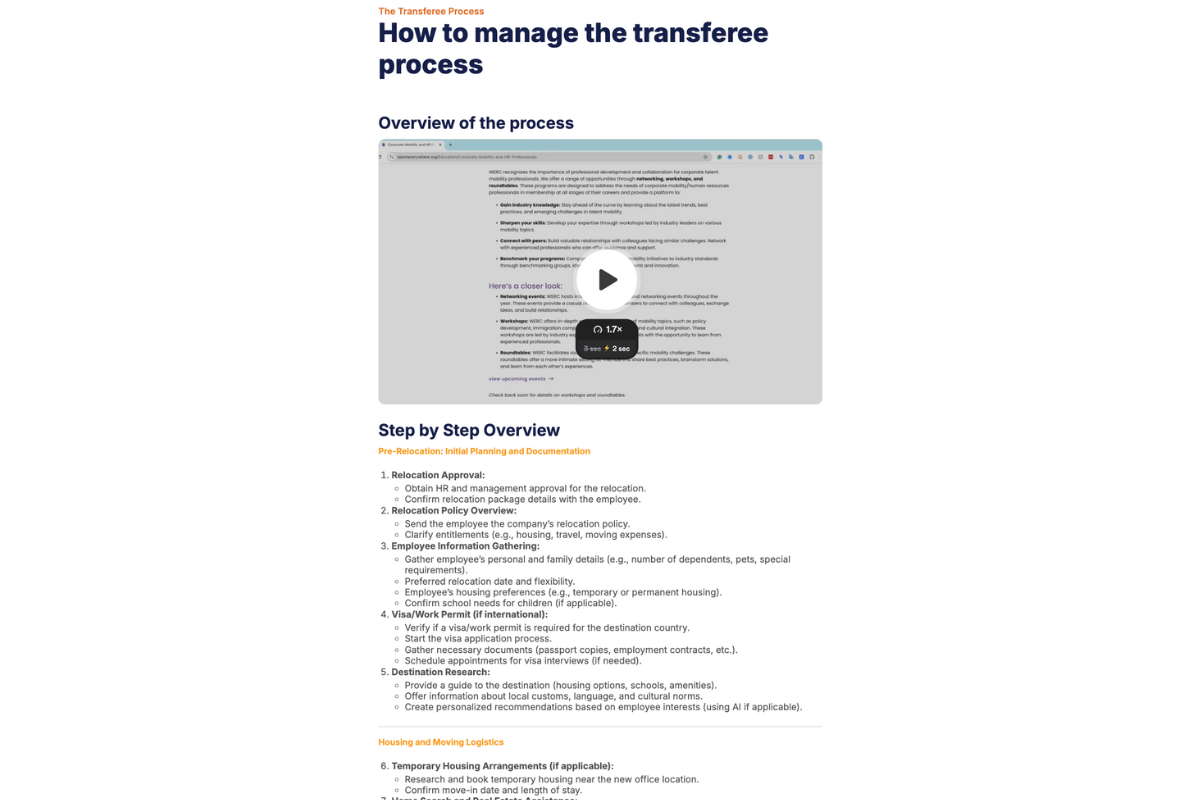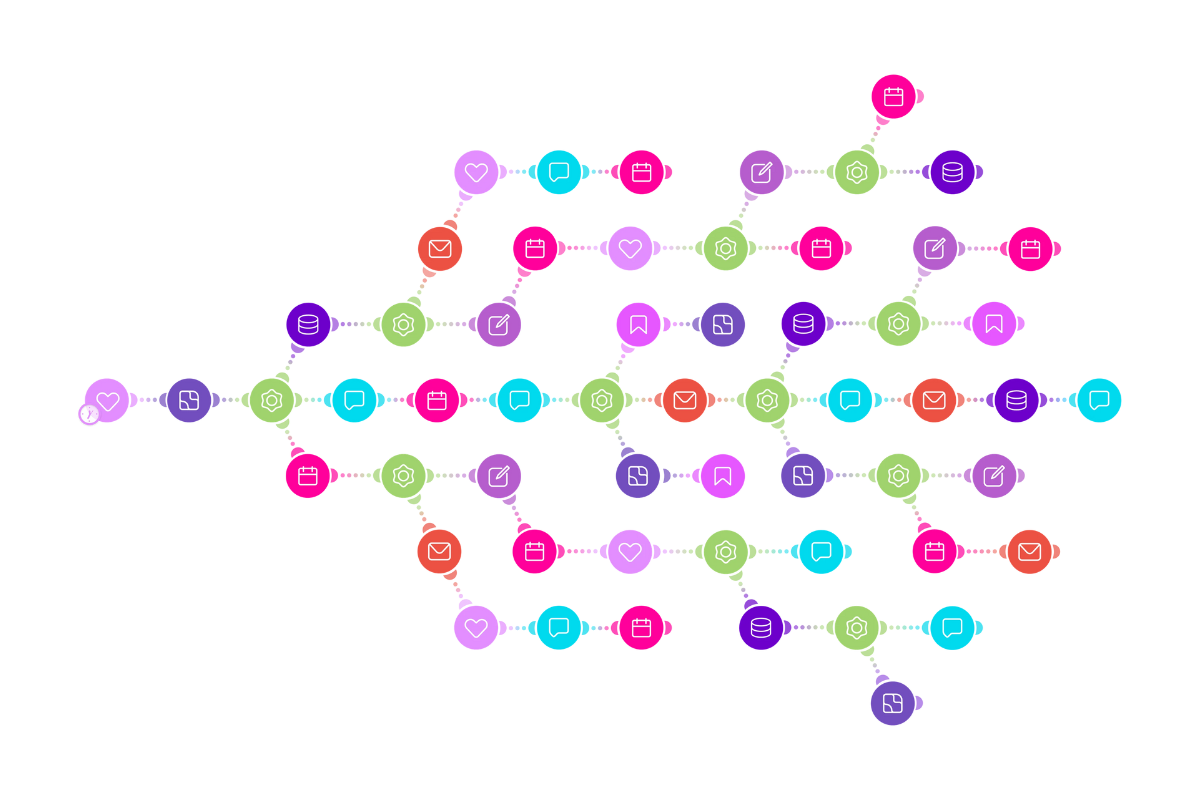Disclaimer: The views and opinions expressed in this article are solely those of the author and do not necessarily reflect the official policy or position of WERC.
As someone who has spent over two decades scaling tech companies through automation and now incorporating artificial intelligence, I’ve seen how these technologies can transform operations. In recent years, I’ve had the privilege of speaking on AI and automation to the relocation industry, including the EuRA, TIRA Network, NYCORP, and RCCO. One thing is clear: Simplifying the transferee process while making a more custom experience for them is a priority in many companies.
Relocation teams face several challenges, from tightening budgets to managing complex logistics to supporting employees through one of the most stressful transitions of their lives. With so many tasks to juggle, it’s easy for relocation teams to become overwhelmed, leading to increased workload, stress, and potential errors. Fortunately, automation and AI tools can significantly reduce the manual workload, freeing up time for relocation professionals to focus on what matters most: delivering a high-quality, human-centered experience.
In this article, I’ll share five key tools that can help decompress the workload in relocation services by automating repetitive tasks, improving communication, and ensuring accuracy at every step.
1. Meeting Recorders: Real-Time Transcription and Action-Item Automation
One of the most critical parts of relocation services is effective communication. When handling transferee calls, it’s easy to lose track of important details while multitasking between taking notes, listening, and engaging in conversation. Tools like Grain or Fathom alleviate this burden by recording and transcribing meetings in real-time, automatically generating summaries, next steps, and creating action items once the call is complete.
Key Features:
- Real-Time Transcription: Grain and Fathom offer live transcription during calls, allowing relocation specialists to fully focus on the conversation without the distraction of manual note-taking.
- Automated Summaries and Action Items: After the call, these tools generate a concise summary of the discussion, including key points, next steps, and any action items. Nothing will fall through the cracks, and follow-up tasks are clear and actionable.
- Easily Revisit Discussions: All call recordings and transcripts are stored in one place, allowing relocation teams to quickly review past conversations without digging through handwritten notes or memory.
- Improved Conversation Quality: By automating note-taking and follow-up tracking, these tools allow relocation professionals to engage more meaningfully with transferees, offering a more personalized and thoughtful conversation.
Meeting recorders save time, improve communication, and that action items are addressed promptly, creating a more efficient and professional relocation experience.

2. AI-Powered Personalized Itineraries for Transferees: Customizing Relocation Beyond Logistics
Relocation isn’t just about getting an employee from point A to point B; it’s about helping them feel comfortable, engaged, and excited about their new location. An AI tool like this Neighborhood Guide can play a crucial role in helping transferees adjust by creating personalized guides tailored to their preferences, interests, and family needs. This level of personalization goes beyond traditional relocation services, fostering a deeper connection between the employee and their new home. Even for a corporate entity initiating the move, this can be a tool to enlist enthusiasm from the transferee when moving to a foreign, new city.
Key Features:
AI can analyze data from input in onboarding surveys or simple, short questionnaires. It will then build a custom guide of important necessities like nearby hospitals, grocery stores, and parks but also include an itinerary of activities, restaurants, and local hotspots that fit their lifestyle, interests, and cultural preferences all branded to the company. Here’s how:
- Understanding the Employee’s Preferences: AI can gather data from onboarding questionnaires where employees provide input on their hobbies, interests, dietary preferences, family needs, and lifestyle choices. For example, a transferee who enjoys outdoor activities might prefer hiking trails and nature spots, while a family with young children might benefit from suggestions of playgrounds, kids activities, or family-friendly restaurants.
- Leveraging Location-Specific Data: AI pulls information from various local sources, such as tourism websites, restaurant reviews, and local guides. Based on the employee’s preferences, AI can curate a dynamic local itinerary that includes personalized recommendations for:
- Restaurants and Cafes: Whether the employee loves vegan food or fine dining, AI suggests restaurants that match their tastes.
- Fitness and Outdoor Activities: For transferees who value a healthy lifestyle, AI recommends gyms, yoga studios, hiking trails, or cycling routes in the new area.
- Cultural Events and Entertainment: AI curates suggestions for concerts, theater, festivals, museums, or art galleries that align with the transferee’s interests.
- Family-Friendly Activities: For those with children, AI can suggest local parks, schools, daycare centers, and extracurricular activities like sports leagues or music lessons.
- Interactive and User-Friendly Formats: This personalized guide can be shared with the transferee as a PDF guide that also includes nearby hospitals, grocery stores, and transportation stops (like subway lines).
- Customization and Branding for Your Company: The power of AI-generated guides extends beyond personalizing content to include branding and customization options, ensuring that the itinerary is not only useful but also professional and aligned with the company’s image.
- Branding the Itinerary: Guides can be fully branded to reflect the company’s identity, including logos, color schemes, and fonts that match the corporate design.
- Tailoring the Format: The format and template of these itineraries can be customized to your needs.
Try out this example of an AI-generated, custom guide for a transferee, tailored to your likes and interests, and created in less than five minutes.

This is a demo guide created in less than five minutes for the Gunbarrel neighborhood in Boulder, Colorado, United States.
3. Project Management Software: Keeping Track of Every Detail
Relocation projects involve managing numerous tasks and stakeholders, from coordinating with vendors to keeping the move on schedule. A project management tool like Monday, Asana, or ClickUp can help relocation teams at your organization stay organized by providing a centralized platform for tracking tasks, deadlines, and team collaboration for the parts your company is responsible for.
Key Features:
- Task Automation: Automate task assignments and set up notifications for upcoming deadlines, helping to keep projects on track without constant oversight.
- Progress Tracking: Easily monitor the status of each relocation, from the initial request to completion, providing transparency for both the team and the employee.
- Collaborative Communication: Keep communication organized by tagging team members, adding comments, and attaching relevant documents to specific tasks, reducing the need for back-and-forth emails.
By streamlining communication and automating workflows, project management tools make sure that no critical detail slips through the cracks, reducing the manual effort required to manage relocation projects.

This is for demo purposes only and is not intended to be an accurate or thorough representation of relocation tasks.
4. Process Documentation Tools: Streamlining Procedures with Loom and Arvo
Creating clear and accessible standard operating procedures (SOPs) is vital in relocation services so that every team member knows how to execute processes correctly, leading to consistent service delivery and reduced errors. Tools like Loom and Arvo simplify the creation and distribution of these procedures by combining visual demonstrations with automated, step-by-step guides.
Key Features:
- Visual Walkthroughs with Loom: Loom is a video recording tool that allows you to capture your screen and voice simultaneously. By recording a walkthrough of a specific process, you provide a visual guide that can be more effective than text alone.
- Automated Documentation with Arvo: After recording your process in Loom, you can embed the video into a knowledge base tool like Arvo. Arvo’s AI capabilities enable you to paste the transcript of your video and prompt the system with:
- “This is a video transcript of walking through a process. Can you write a step-by-step process someone can follow from it? [pasted transcript]”
- Arvo then generates a detailed, step-by-step guide alongside your video.
- Centralized Knowledge Base with Team Access: The combination of Loom and Arvo creates a comprehensive resource that team members can access anytime. By linking these guides in your management platforms or storing them in a searchable knowledge base everyone has the information they need at their fingertips.
By doing this, the team reduces the likelihood of errors and saves time, giving your team the resources to follow the latest processes.

This is for demo purposes only and is not intended to be an accurate or thorough representation of relocation tasks.
5. Task Automation Tools: Reducing Manual Effort with Make and Zapier
Relocation services often involve repetitive, time-consuming tasks that can slow down processes and take attention away from more strategic, high-value activities. From data entry and system updates to scheduling and reporting, these tasks can drain time and resources. Task automation tools like Zapier or Make can automate these routine processes, dramatically reducing manual effort and freeing up relocation teams to focus on more critical areas of the relocation experience.
Key Features:
- Automated Workflows for Efficiency: Automation tools allow you to create custom workflows that automate actions triggered by specific events. For instance, when a new transferee is added, automation tools can kick off a series of tasks—such as notifying relevant departments, sending welcome emails, and updating project management tools.
- Data Entry and Integration Across Platforms: One of the most tedious and error-prone tasks is manual data entry between different systems. Automation tools can connect various platforms, such as your CRM, HR software, and project management tools, minimizing the risk of human error, such as entering incorrect information or forgetting to update records.
- Streamlining Vendor Management: Relocation services often involve coordinating with multiple vendors—such as moving companies, real estate agents, and immigration lawyers. Automation tools can streamline vendor management by automatically sending vendor requests, tracking vendor progress, and notifying the relocation team when key milestones are met.
- Workflow Standardization: Automation tools ensure the same procedures are followed for every relocation, leading to standardization of workflows, consistency, and major time savings. By automating the steps that must be followed (such as updating a CRM, generating invoices, or completing compliance checks), no step is skipped, regardless of how busy the team is.

Example automation sequence between many platforms and kicking off the items needed to execute.
Get Out of the Day-to-Day and Decompress
From automating repetitive tasks to improving capacity planning and building a strong knowledge base, decompressing work can happen in relocation services. The key to getting started is being open to using technology and systems over people.
By embracing all five or just one of these tools, you’ll not only save time but also empower your team to work more efficiently and effectively, ultimately positioning your company for long-term success.